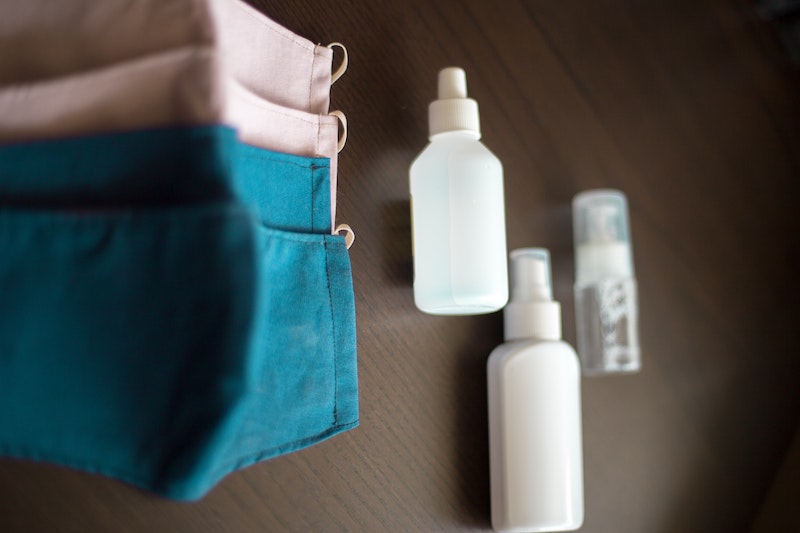On Oct. 19, Ontario’s Heritage, Sport, Tourism and Culture Minister, Lisa MacLeod, announced on Twitter that dance studios in COVID-19 hot spots were allowed to reopen after being forced to shut down when Toronto, Peel Region, York Region and Ottawa moved into a modified Stage 2.
After a petition demanding that studios be allowed to reopen gained more than 25,000 signatures, the provincial government changed its mind.
So, with dancers and teachers back in the studio, what now?
Colin Furness, an infection control epidemiologist at the University of Toronto, said that there are effective safety measures that studios can be taking. In addition to mask-wearing and physical distancing (which are essential), he said that another major consideration is ventilation, which he thinks is not being talked about enough.
“If I ran a dance studio, I would have local HEPA filters in there because, why not?” he said.
“They’re not that expensive and they’ll sit there and they’ll take large particles out of the air, and they’ll make the air cleaner.”
He also said that considering the physical space of a dance studio is important. For example, big studios with open windows that allow for adequate air exchange will be safer than small change rooms with no windows.
“When someone goes in to change, this is the same problem that elevators have; the door closes, and you don’t know if they’re wearing a mask or not,” he said. “Let’s say they’re not because they think ‘I don’t need to because I’m not in the room with anybody else.’ OK, so they fill that little room with all kinds of droplets and then they leave and then someone else goes in.” He also recommends scheduling classes with “wash out” periods in between so surfaces can be cleaned, and windows flung open.
However, Furness said that when winter sets in, leaving windows open for an entire class isn’t feasible, but even periodically opening all the windows for blasts of fresh air is a smart move.

For proper air cleaning, ashrae.org (specifically its ASHRAE Position Document on Filtration and Air Cleaning document) provides guidelines as to what is adequate. But Furness doesn’t think that dance studio owners should have to wade through the 26-page document and said the province should be responsible for providing that information.
So, despite all of their best efforts, what should a studio do if a teacher or student tests positive for COVID-19? Furness said the guidelines vary by district, so it’s important to call your local public health unit for specific information. He also mentioned that if everyone is wearing a mask, the odds of transmission in class are slim.
As for the petition, he said he’s impressed with the dance community.
“Ontario has made a really big mistake,” he said. “Ontario is treating COVID like a political problem. And so the decision-making is done entirely by politicians, none of which have any understanding of public health at all.” Because of how the pandemic is being treated, he said the dance community took the correct route.
“Good for all the people who signed a petition saying this activity should go forward, because they are pulling the correct lever,” Furness said. “That is a political lever to change [the] political machinery and the political decision-making around COVID. If this were governed as a public health problem, which it ought to be, petitions wouldn’t make sense.”
Tagged: All, Uncategorized, All





